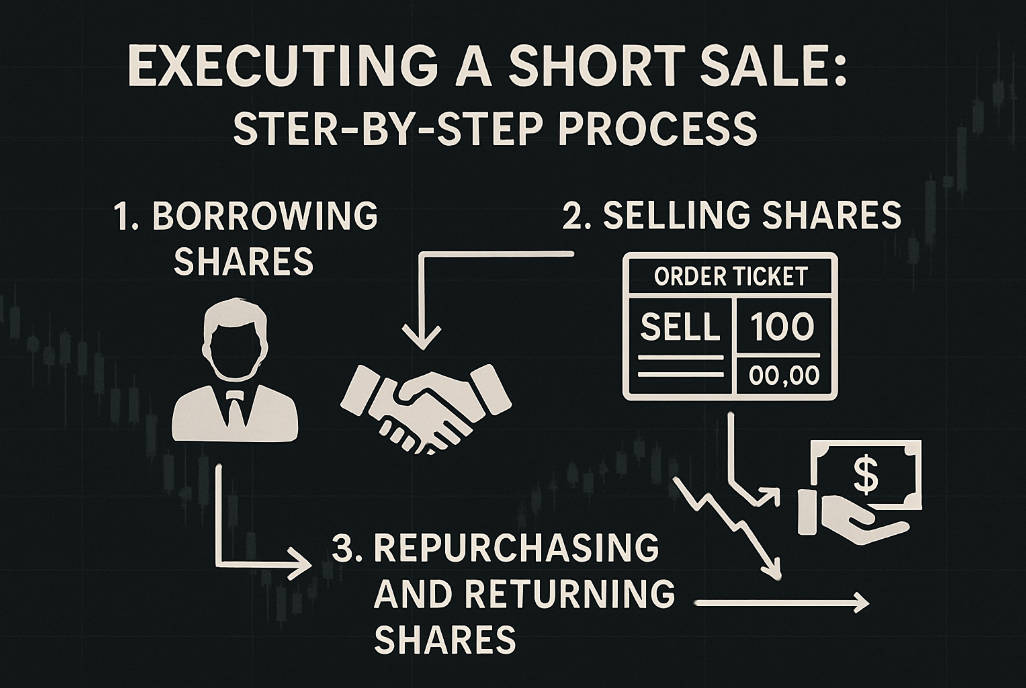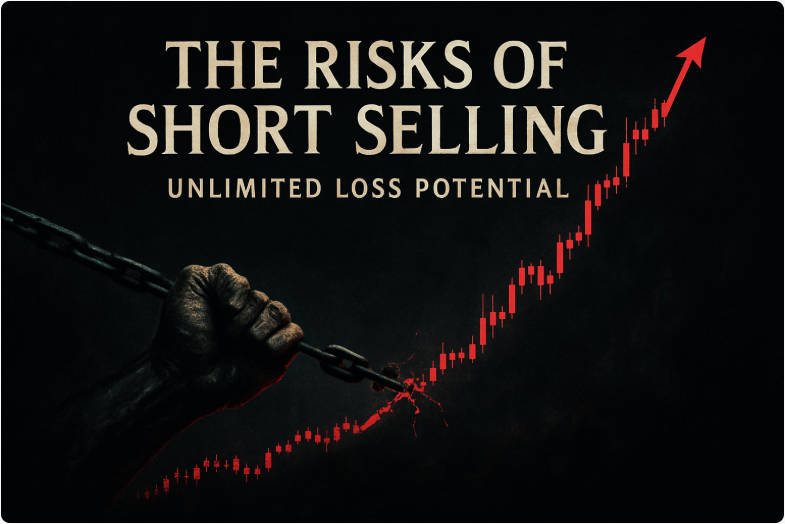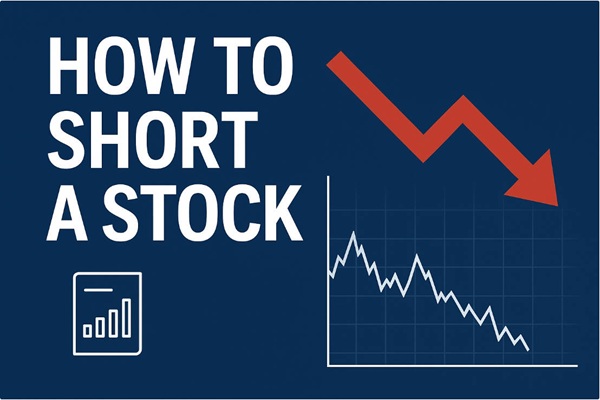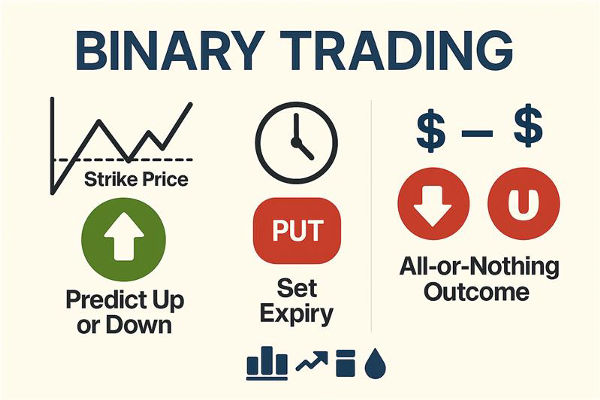Short selling a stock is a trading strategy that allows investors to profit from a decline in a company's share price. While it carries significant risks, when executed properly it can serve as an effective tool for hedging or speculative purposes.
This article will explore the mechanics of short selling, essential considerations, strategies for execution, and the risks and regulatory factors involved.
Understanding How to Short a Stock: The Concept and Purpose

Short selling is the process of borrowing shares of a stock from a broker and selling them at the current market price with the intention of buying them back later at a lower price. The profit is the difference between the sale price and the repurchase price, minus any interest or fees associated with borrowing the shares.
This strategy contrasts with traditional investing, where the objective is to buy low and sell high. Short selling instead allows investors to profit from market declines or identify overvalued companies.
Key purposes of short selling include:
Speculation: Betting that a stock's price will fall to achieve profit.
Hedging: Protecting a long position in a portfolio against potential market declines.
Arbitrage and Market Efficiency: Contributing to price discovery by highlighting overvalued stocks.
Opening a Margin Account: The Foundation for Short Selling
Before engaging in short selling, investors must open a margin account with a brokerage. A margin account allows an investor to borrow funds or securities, which is essential for selling shares that are not currently owned.
Key Requirements for a Margin Account
| Requirement |
Description |
| Minimum Balance |
Most brokers require a minimum deposit to open a margin account, often ranging from £2,000 to £5,000 |
| Interest Charges |
Borrowed funds incur interest, which varies depending on the broker and account size |
| Maintenance Margin |
Investors must maintain a minimum equity percentage in the account, typically 25-30% |
It is crucial to understand that a margin account introduces leverage, amplifying both potential gains and losses. Investors must be prepared to meet margin calls if the stock moves against their position.
Identifying Suitable Stocks for Short Selling
Selecting the right stock is critical for successful short selling. Investors typically target companies that show signs of overvaluation, declining fundamentals, or negative market sentiment.
Considerations When Selecting a Stock:
Financial Health:
Weak balance sheets, declining revenues, or high debt levels can signal potential short candidates.
Industry Trends:
Market headwinds affecting the sector may accelerate a stock's decline.
Short Interest Ratios:
A higher proportion of shares already shorted indicates market sentiment and potential short squeeze risk.
Analyst Reports and News Flow:
Negative earnings reports or adverse news can impact stock performance.
Investors should also assess liquidity to ensure that shares can be borrowed and traded efficiently without excessive price impact.
Borrowing Shares: Securing the Stock to Short
Once a stock is identified, the broker must locate shares available for borrowing. Brokers typically source shares from other clients' margin accounts or institutional lenders.
Key Points About Borrowing Shares
| Aspect |
Details |
| Availability |
Not all stocks can be shorted if shares are difficult to borrow |
| Borrowing Fees |
Brokers charge a fee based on supply and demand, which can range from negligible to several percentage points annually |
| Short Sale Restrictions |
Certain stocks may be subject to temporary restrictions, such as the uptick rule or hard-to-borrow status |
Understanding borrowing costs and availability is essential, as these factors affect the profitability and feasibility of a short sale.
Executing a Short Sale: Step-by-Step Process

Once shares are located and borrowed, the investor places a short sale order through their brokerage platform. The transaction involves selling borrowed shares at the current market price.
Execution Considerations:
Order Types:
Market orders execute immediately at prevailing prices, while limit orders allow selling at a predetermined price.
Timing:
Strategic timing is essential to avoid losses from unexpected market movements.
Collateral:
Sufficient equity in the margin account is required to maintain the position and meet potential margin calls.
After execution, the investor monitors the position closely, anticipating an eventual decline in the stock price to repurchase and return the borrowed shares.
Closing a Short Position: Repurchasing and Settling
Closing a short position involves buying back the borrowed shares and returning them to the broker. The profit or loss is calculated as the difference between the initial sale price and the repurchase price, minus fees and interest.
Profit and Loss Example:
| Scenario |
Sale Price |
Repurchase Price |
Profit/Loss |
| Stock Falls |
£50 |
£40 |
£10 per share profit |
| Stock Rises |
£50 |
£60 |
£10 per share loss |
It is important to act decisively to close the position, as rising stock prices can quickly lead to significant losses due to the unlimited loss potential inherent in short selling.
Risks and Regulatory Considerations in Short Selling

Short selling carries risks that differ from traditional investing:
Unlimited Loss Potential:
Since a stock's price can theoretically rise indefinitely, losses can exceed the initial investment.
Margin Calls:
A rise in the stock price may require additional funds to maintain the position.
Short Squeeze:
Rapid price increases can force short sellers to cover positions, exacerbating losses.
Regulatory Restrictions:
Market authorities may impose temporary bans or rules, such as the uptick rule, to limit short selling during periods of high volatility.
Regulatory environments vary across markets, and investors should stay informed of rules in their jurisdiction.
Practical Tips for Investors Considering Short Selling
Use Risk Management Tools:
Set stop-loss orders and position limits to control potential losses.
Paper Trade First:
Practise short selling in a simulated environment to understand mechanics and risk without financial exposure.
Diversify Strategies:
Avoid concentrating risk in a single short position. Spread exposure across multiple positions or hedge with long holdings.
Stay Updated on Market Conditions:
Economic indicators, news, and earnings reports can significantly affect short positions.
Conclusion
Short selling a stock is a sophisticated strategy that allows investors to profit from declining share prices. It requires a thorough understanding of financial fundamentals, market trends, and risk management techniques.
By opening a margin account, carefully selecting stocks, borrowing shares, executing the short sale, and monitoring positions, investors can strategically implement short selling as part of a diversified trading approach. Awareness of risks and regulatory considerations is essential to protect capital and achieve informed investment decisions.
Frequently Asked Questions
1. What is short selling in simple terms?
Short selling is the process of selling shares you do not own by borrowing them from a broker, with the intention of buying them back later at a lower price to make a profit.
2. Do I need a special account to short a stock?
Yes. You must open a margin account with a brokerage, which allows you to borrow shares and provides the necessary leverage for short selling.
3. Can I lose more money than I invest when short selling?
Yes. Unlike buying stocks, short selling has unlimited loss potential because a stock price can theoretically rise indefinitely. Risk management strategies, such as stop-loss orders, are crucial.
4. How do I choose the right stock to short?
Investors typically select stocks with weak financials, declining fundamentals, high valuations, or negative market sentiment. Short interest ratios, liquidity, and news flow are also important factors.
5. Are there fees involved in short selling?
Yes. Borrowing shares incurs interest and potentially borrowing fees, which vary depending on supply and demand. Brokerage commissions may also apply.
6. What is a short squeeze?
A short squeeze occurs when a heavily shorted stock's price rises rapidly, forcing short sellers to buy back shares to cover their positions. This buying activity can further increase the stock price.
7. Are there any regulatory restrictions on short selling?
Yes. Certain markets impose rules, such as the uptick rule or temporary bans on short selling, especially during periods of high volatility or financial crises.
8. Can beginners short sell stocks?
While technically possible, short selling is a high-risk strategy that requires experience and understanding of market mechanics. Beginners are advised to practice via paper trading or simulated accounts before trading with real capital.
Disclaimer: This material is for general information purposes only and is not intended as (and should not be considered to be) financial, investment or other advice on which reliance should be placed. No opinion given in the material constitutes a recommendation by EBC or the author that any particular investment, security, transaction or investment strategy is suitable for any specific person.





























